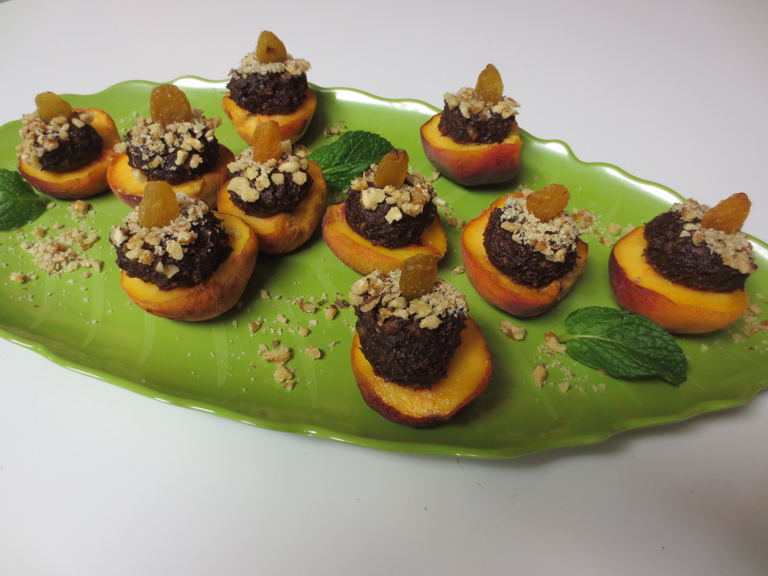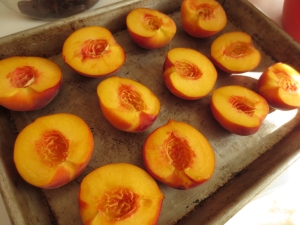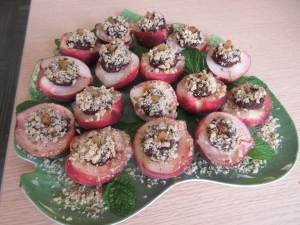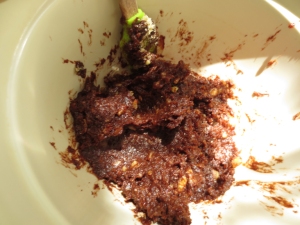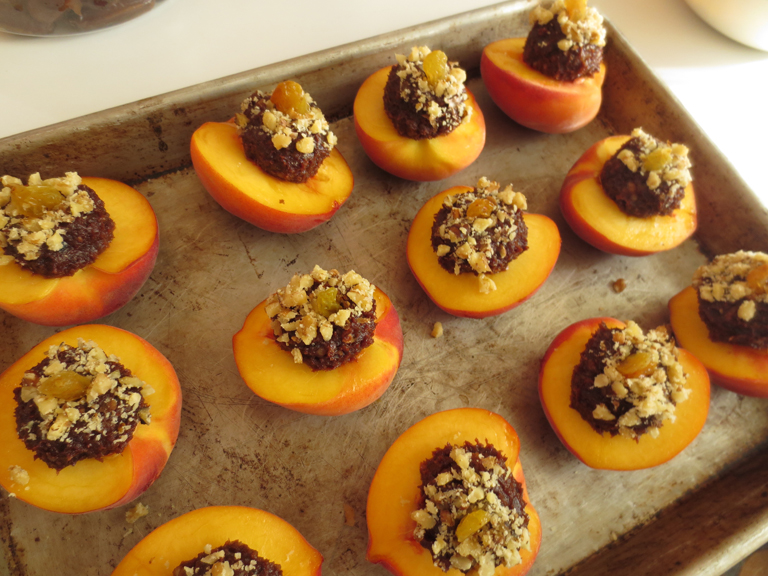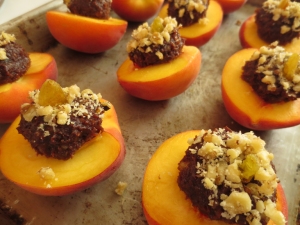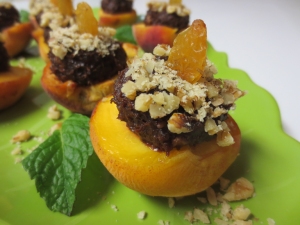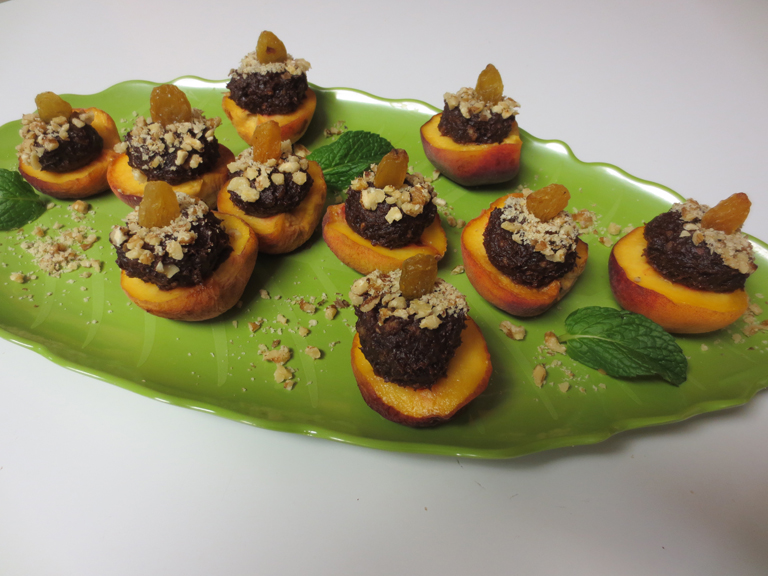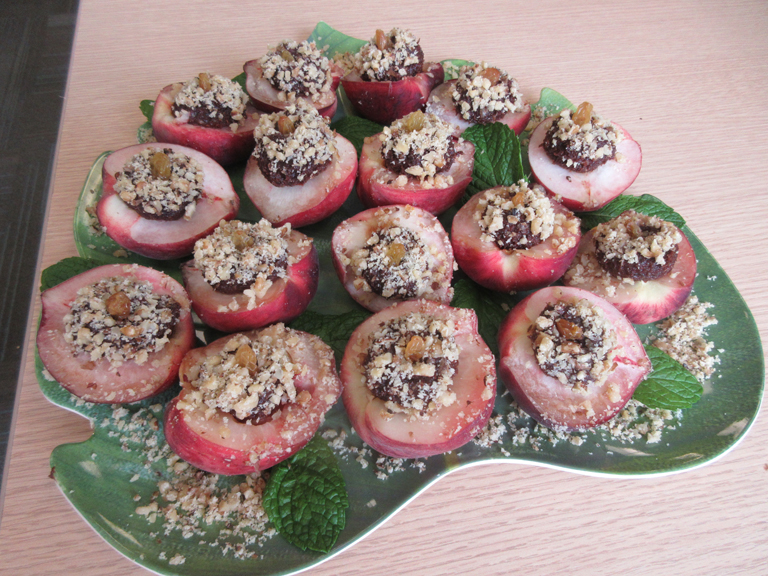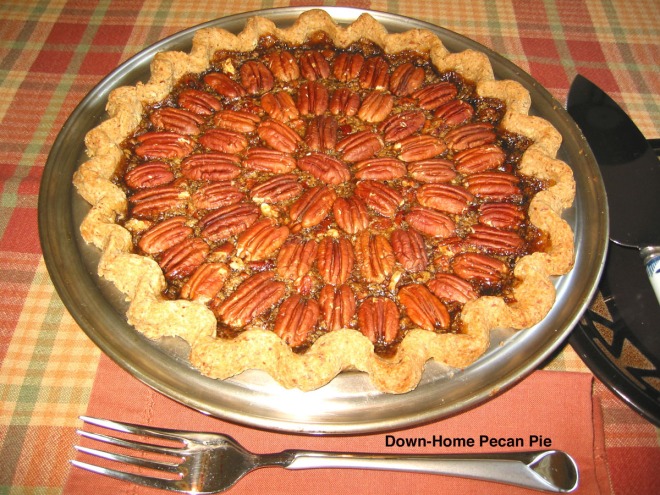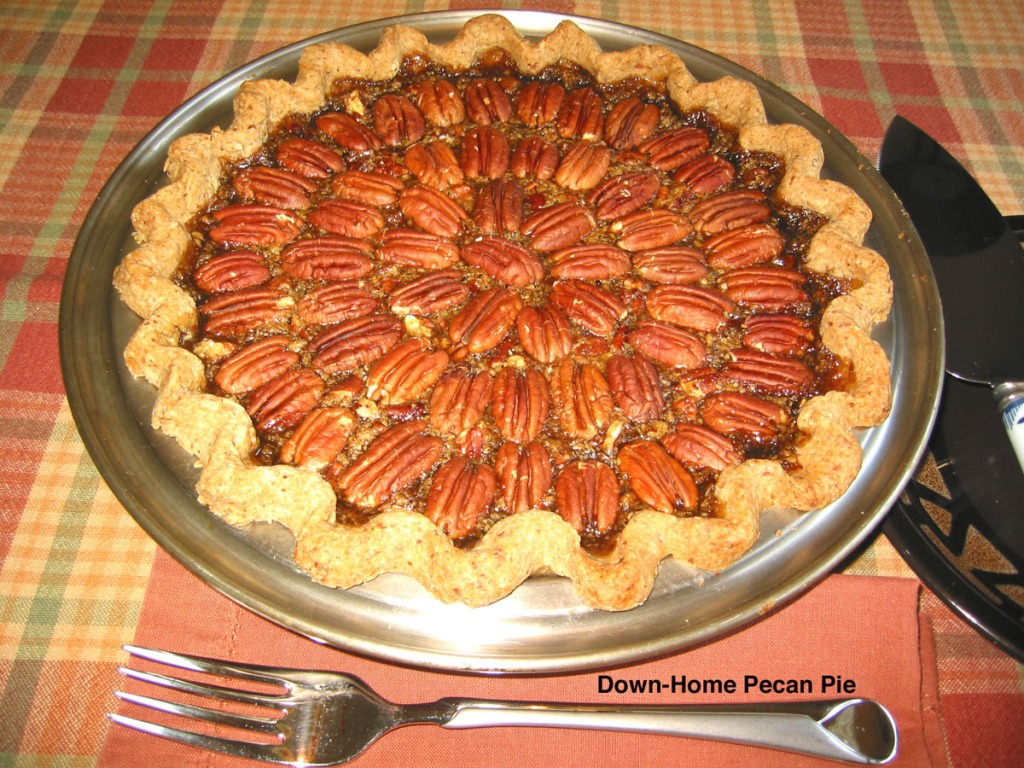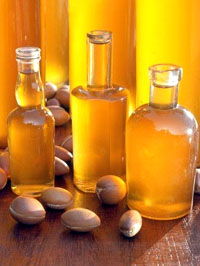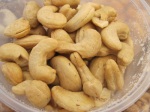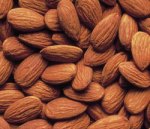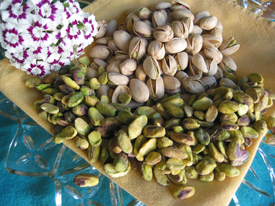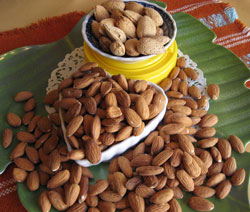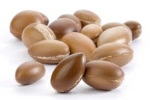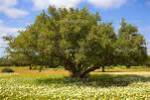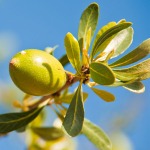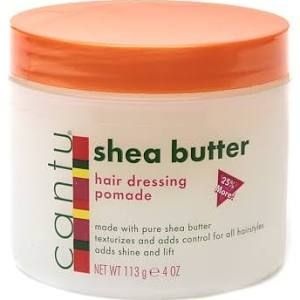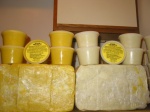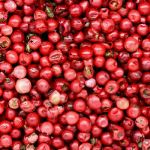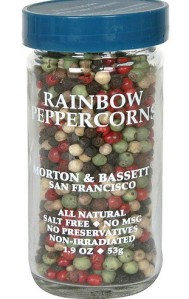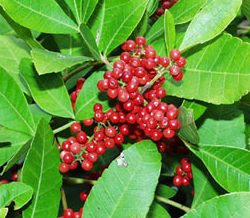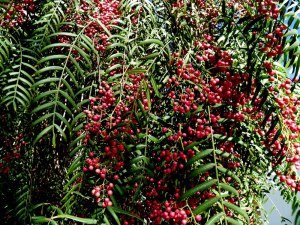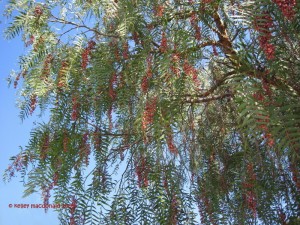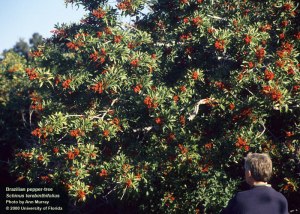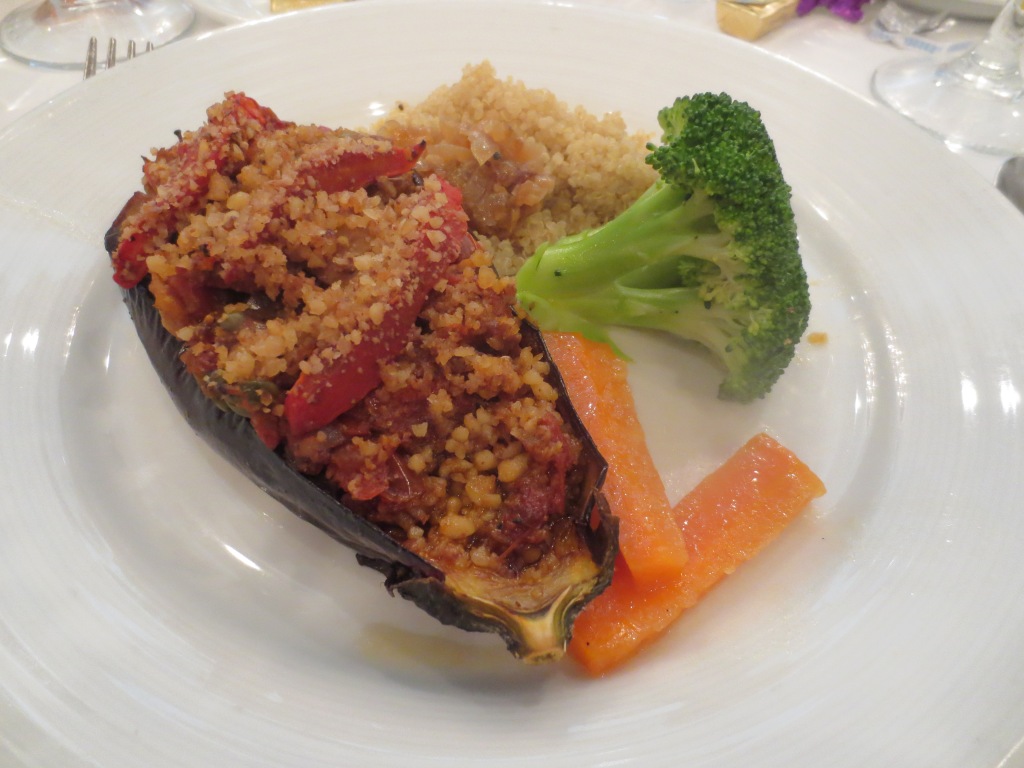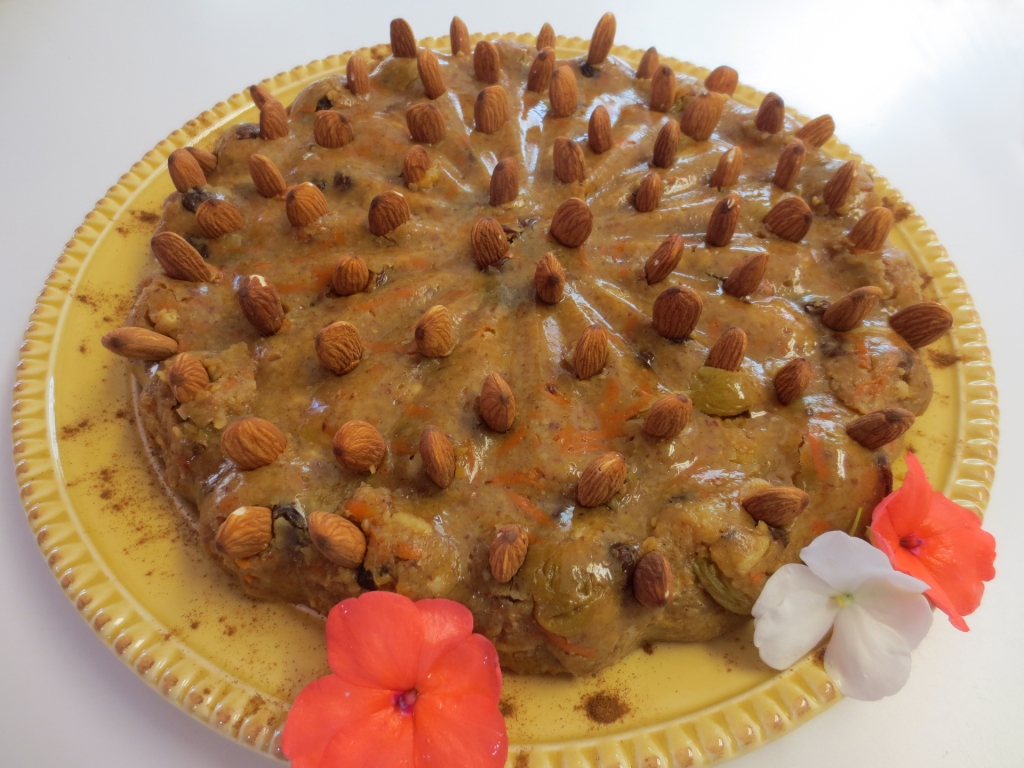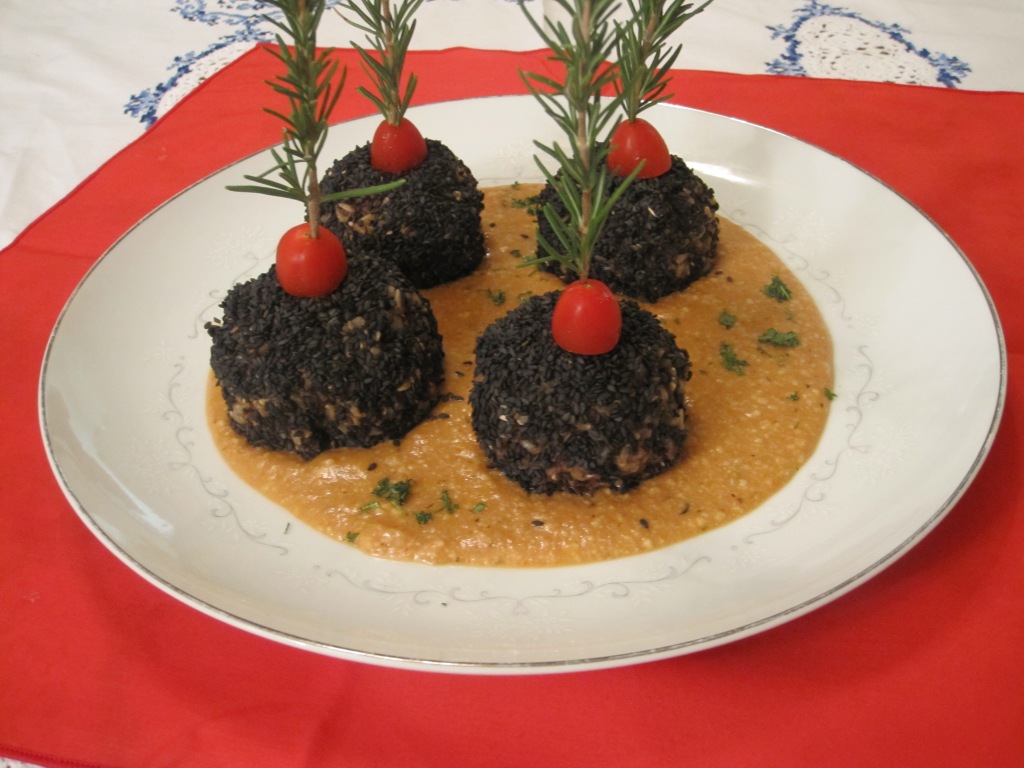 Many people who experience allergic reactions after eating cashews have wondered what makes cashews so darned allergenic. Urushiol oil in the cashew shells is partly responsible and is also present in the other members of the cashew family: mangoes, pistachios, poison ivy, poison oak, and poison sumac.
Many people who experience allergic reactions after eating cashews have wondered what makes cashews so darned allergenic. Urushiol oil in the cashew shells is partly responsible and is also present in the other members of the cashew family: mangoes, pistachios, poison ivy, poison oak, and poison sumac.
The mango is less of an allergy problem than cashews, because the urushiol oil is mainly in the skin of the fruit that can easily be peeled while wearing gloves to avoid contact with the oil. The oil is also in the shells of pistachios, while the oil in poison ivy, poison oak, and poison sumac is found within the leaves.
The bigger issue with cashews is the caustic oils within the cashew shells that are released during processing. Harvesting cashews is a complex process few people in the developed world encounter. The details are shocking and very concerning and may explain what makes cashews an allergy issue for sensitive people. And as they say, “the devil is in the details” — and those details are not all positive.
Most nuts can be harvested and shelled with ease without causing toxic oils to flow from their shells, but cashews are unique in every way, from their strange growing habit to the harvesting and shelling processes The challenge for those
harvesting cashews is avoiding the caustic oils trapped between the two shells that protect the cashew nuts.
When consumers buy and enjoy cashews, they rarely, if ever, consider the struggles some workers experience when processing the nuts. Workers harvesting cashews earn a meager few dollars a day and many suffer from their effort because cashews, unlike any other nuts, pose real harvesting challenges.
The cashew nut, which is actually a seed, grows in a most unusual way–it simply hangs from the bottom of the fruit of the cashew tree known as cashew apple. The apple fruit itself hangs from a woody stem on a branch.
Native to Brazil, the cashew tree spread to India and East Africa by Portuguese missionaries in the 1600s. Today, India, Latin America, Africa, Vietnam, and other tropical areas throughout Southeast Asia are productive cashew regions.
In its raw form, the cashew nut is soft, white, and mealy, but when roasted, it turns a light beige color and becomes firm and intensely rich in flavor. Cashews are never sold in the shell because of the toxic residues that require careful processing to extract the nut safely.
The cashew harvesting challenge
Unlike any other tree nut, the cashew nut is a harvesting nightmare. The nut itself is encased in a shell consisting of two very tough layers–the hard outer shell and a thin, reddish skin that clings to the nut. Between those layers is the caustic substance, known as shell oil or anacardic acid and its byproducts, cardanol and urushiol. These oils contain toxic and allergenic substances that can cause burns and blisters on unprotected hands. If eaten raw, the untreated cashew causes burns on the tongue and throat.
very tough layers–the hard outer shell and a thin, reddish skin that clings to the nut. Between those layers is the caustic substance, known as shell oil or anacardic acid and its byproducts, cardanol and urushiol. These oils contain toxic and allergenic substances that can cause burns and blisters on unprotected hands. If eaten raw, the untreated cashew causes burns on the tongue and throat.
 The task of harvesting the cashew nuts frequently falls to poor, indigenous people who harvest by hand and work for pennies a day without protective gloves or goggles. For safe harvesting, workers ought to wear protective gear like gloves and goggles and avoid prolonged contact with the cashew oils or sap to prevent burning and blistering of the hands and fingers. Sadly, these precautions are seldom heeded.
The task of harvesting the cashew nuts frequently falls to poor, indigenous people who harvest by hand and work for pennies a day without protective gloves or goggles. For safe harvesting, workers ought to wear protective gear like gloves and goggles and avoid prolonged contact with the cashew oils or sap to prevent burning and blistering of the hands and fingers. Sadly, these precautions are seldom heeded.
The harvesting process
 When the cashew fruit and nuts are fully ripened, they may fall to the ground or can be taken off the tree with a twist of the wrist. To extract the nut, the unshelled cashews are first sun-dried for several days. At this stage, the nuts can be stored for up to two years before processing.
When the cashew fruit and nuts are fully ripened, they may fall to the ground or can be taken off the tree with a twist of the wrist. To extract the nut, the unshelled cashews are first sun-dried for several days. At this stage, the nuts can be stored for up to two years before processing.
The next step is roasting the nuts in their shells, a process that takes place outdoors to dissipate the toxic fumes and to avoid physical contact with the toxic oils that could be dangerous in enclosed areas.
Conducting the roasting outdoors makes good sense, but the roasting process emits a considerable amount of smoke that releases urushiol oil into the air. Inhaling this toxic shell oil fumes often causes irritation to the throat and lungs that can even be life-threatening to some people.
To protect the eyes from the noxious fumes, workers would benefit from wearing goggles that offer some protection. Unfortunately, the workers are rarely given such protection.
Often, crudely assembled roasting pans are covered with a lid or the nuts are covered with a layer of sand in the pans to prevent the heated shell oil from spitting out liquid. After roasting for 10 to 20 minutes, workers wash the nuts with soap and water with unprotected hands. Rarely are gloves provided, and shell oil residues may still be present on the nut.
In some regions the cashews are haphazardly grilled over a fire in a tin can filled with leaves and covered to avoid the sap exploding and hitting people with the black sticky substance. However, occasionally the sap does spew out and leaves marks on the skin that stays for days. The sap also stains clothing permanently. Sometimes workers suffer permanent damage from burns on the hands from the caustic oils.
During the roasting process, the high heat frequently opens the cashew shells, causing them to release the toxic oils. Sometimes these hot oils catch fire, tossing the dangerous fumes into the air, causing burns to the eyes and mucous membranes of the mouth, throat, and skin of nearby workers.
After roasting, in some regions, the nuts are covered with ash or sawdust to absorb and remove any of the oils remaining in the shells. Then, the nuts are then ready to crack open, a process usually done by hand. In India, some workers use mallets to crack the shells and wire remove the nuts. Modern processing by machine, such as using centrifugal force to crack the nuts, makes this step faster, but the cost is prohibitive for many of the poor cashew farmers.
Following the shelling and washing process, the nuts are then placed on open racks or in ovens to dry the testa, the thin, paper-like skins that cling to the nuts. Making the testa dry and brittle makes it easier to remove the skins. Drying the nuts also helps to extend the shelf life of the cashews and prevents them from becoming rancid.
The skins are then removed by hand, sometimes with bamboo knives.
Roasting and packaging
 The final step in the processing cycle is roasting the nut kernels to remove any remaining traces of shell oil residues that can cause skin eruptions or contact dermatitis similar to poison ivy. The nuts are then graded, separated for quality, and packaged and packed for export.
The final step in the processing cycle is roasting the nut kernels to remove any remaining traces of shell oil residues that can cause skin eruptions or contact dermatitis similar to poison ivy. The nuts are then graded, separated for quality, and packaged and packed for export.
When American consumers see beautiful, jumbo size cashews in an attractive store display, they never see the suffering that brings those delicious nuts to market. Time Magazine wrote an article about “blood cashews,” describing workers in Vietnam who harvest cashews in forced labor camps where they are frequently beaten and tortured with electric shocks.
Understanding the labor-intensive process involved in cashew harvesting and the dangerous challenges of processing the nuts, makes it easy to see why the nuts are never sold in the shell.
nuts, makes it easy to see why the nuts are never sold in the shell.
Cashew Tree Byproducts
Those who might think the caustic shell oil had no value and is simply discarded may be surprised to learn that very caustic, blackish liquid is used in the automotive industry to make brake linings and clutch disks, items that can withstand friction and heat resistance. The liquid is essential in many other products like acid-resistant paints, resins, varnishes, enamels, black lacquers, and mouldings.
In some regions, the liquid is also used medicinally to treat leprosy, elephantiasis, psoriasis, ringworm, warts, and corns.
Because the wood of the cashew tree is insect repellent, it is used for bookcases and packing crates.
A resinous, sticky gum, referred to as Cashew Tree Latex, from the cashew tree can be used in place of gum Arabic, often used as glue for paper and book bindings. The gum can also act as a binding agent in the pharmaceutical industry for capsules and pills, a food stabilizer for juices, and in the production of cosmetics.
Indigenous people use every part of the cashew tree to create natural medicines or insect repellant. Everything from the leaves, bark, gum, wood, juice, and roots are put to good use. Even the testa, the paper-like skins covering the cashews, are used as cattle feed.
The misery of cashew allergies
Tree nuts, like walnuts, almonds, and pecans, contain proteins that cause allergic, and sometimes life-threatening reactions in sensitive people. Cashews, however, contain fewer of the allergenic substances than other tree nuts, yet the allergic reactions they cause can result in intensely itchy welts on the body and numbness around the mouth, lips, and tongue. Allergic reactions can differ from person to person and can be particularly distressing from cashews that were not harvested and processed with extreme care.
While some people never experience allergic reactions from consuming cashews, others who are more sensitive suffer miserably, often not realizing what is causing their problem.
I want to share some of the allergic reactions people have shared on this blog. It may be helpful to know others are experiencing similar reactions from consuming cashews:
- Itchy rashes over large areas of the chest, back, and legs
- Large patches of red welts or hives over the body
- A chapped feeling on the lips
- Numbness of the lips and mouth area
- Calloused fingers
- Pale stools
- Stomach bloating
- Extreme fatigue
- Stomach irritation
- Blisters on the skin
Though these reactions are annoying and uncomfortable, they are not life-threatening.
Severe Reactions
Really sensitive people may even react to small traces of nut residues left on equipment during food processing. People who experience life-threatening reactions like anaphylactic shock know they need to avoid nuts completely and be on the alert to also avoid products like nut oils used in home products or body care cosmetics. Even foods processed in facilities that may have traces of nuts should be avoided.
Some people have thought cooking or heating nuts might reduce their allergenic properties, but heating does not offer this benefit. The allergenic proteins remain in the nuts even after cooking.
Interesting Tidbits
Cashew trees were so valued in Mozambique that during a household census people were asked if they had a cashew tree on their property.
In some of the areas where cashews are grown, cashew shoots are eaten as fresh salad.
Bolo polana, a cake made of finely ground cashews and mashed potatoes is a favorite in Mozambique and South Africa.
Cashew milk is frequently a substitute or alternative for dairy products used in some areas of Africa.
Kaju barfi is an Indian dessert made from finely ground cashews, sugar, cardamom, butter, and saffron and cooked to form firm dough. It is then rolled out and cut into diamond shapes.
Turrones de kasuy, a dessert similar to marzipan, is made from cashews, or kasuy, the Tagalog word for cashew. The confection is a specialty that comes from the province of Pampanga in the Philippines.
Fresh cashew apple fruits taste sweet and juicy and are fragrant but can leave the tongue and lips feeling unpleasant. For that reason, they are usually boiled and strained and boiled repeatedly.
Some varieties of mangoes can cause blisters on the skin. Sensitive people will find it helpful to wear protective gloves when peeling fresh mangoes.
The cashew kernel, or nut, contains 21% vegetable protein, comparable to the proteins in milk, eggs, and meat.
Cashew Apple Uses
The cashew apple is rich in vitamin C and could be considered an economical product. The apples can be dried, canned as a preserve, eaten fresh from the tree, and squeezed to enjoy as a juice. Brazilians make jam from the cashew apple as well as soft drinks and alcoholic beverages.
In West Africa, the juice is fermented to make cashew wine, but other countries throughout Asia and Latin America where the cashew tree is prolific enjoy cashew wine as well. The wine typically varies in alcoholic content from 6 to 12 percent.
References:
Agriculture Nigeria. “Cashew Production.” http://agriculturenigeria.com/farming-production/crop-production/cash-crops/cashew
Azeez, O.S. Production of Gum from Cashew Tree Latex, Chemical Engineering Department, Federal University of Technology, Minna, Niger State, Nigeria http://lejpt.academicdirect.org/A07/17_22.htm
‘Blood cashews'” the toxic truth about your favorite nut. The Telegraph. Bee Wilson, May 4, 2015. http://www.telegraph.co.uk/foodanddrink/foodanddrinknews/11577928/Blood-cashews-the-toxic-truth-about-your-favourite-nut.html
Cashew Harvesting: Learn When And How To Harvest Cashews. Gardening Know How. Liz Baessler. December 29. 2015. http://www.gardeningknowhow.com/edible/nut-trees/cashew/how-to-harvest-cashews.htm
Cashew. Wikipedia. July 13, 2016. https://en.wikipedia.org/wiki/Cashew http://www.fao.org/3/a-ac306e.pdf
Azam-Ali, S.H, and E.C. JudgeSmall-scale cashew nut processing. Schumacher Centre for Technology and Development. Burton on Dunsmore, Rigby, Warwickshire, UK, FAO, 2001
Enclyclopedia Britannica https://www.britannica.com/plant/cashew. Department of Agriculture. http://www.nda.agric.za/docs/Infopaks/cashew.htm
Let’s Talk Agric – Developing Agriculture in Africa. Friday, May 5, 2017 http://www.letstalkagric.com/agribusiness/cashew-nuts-need-know-cashew-farming
Turrones de Casoy. About Filipino Food. http://aboutfilipinofood.com/turrones-de-kasoy/


